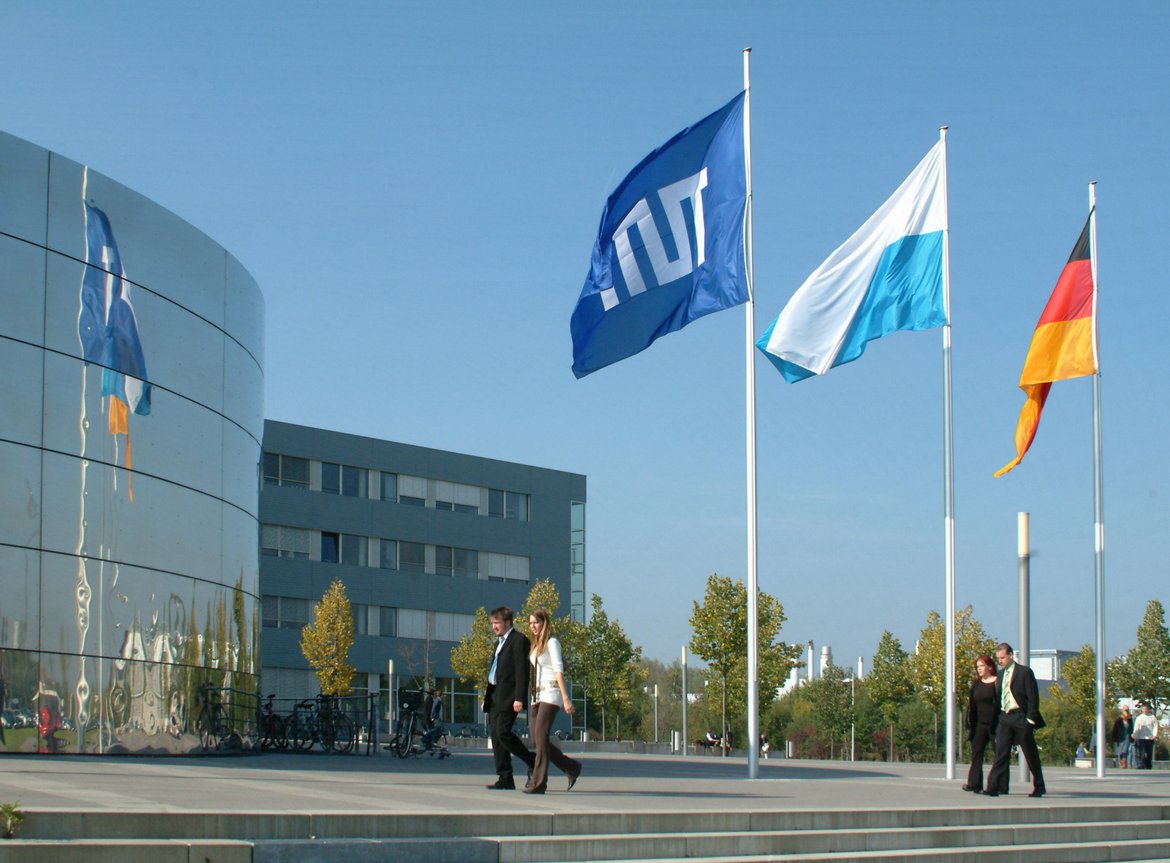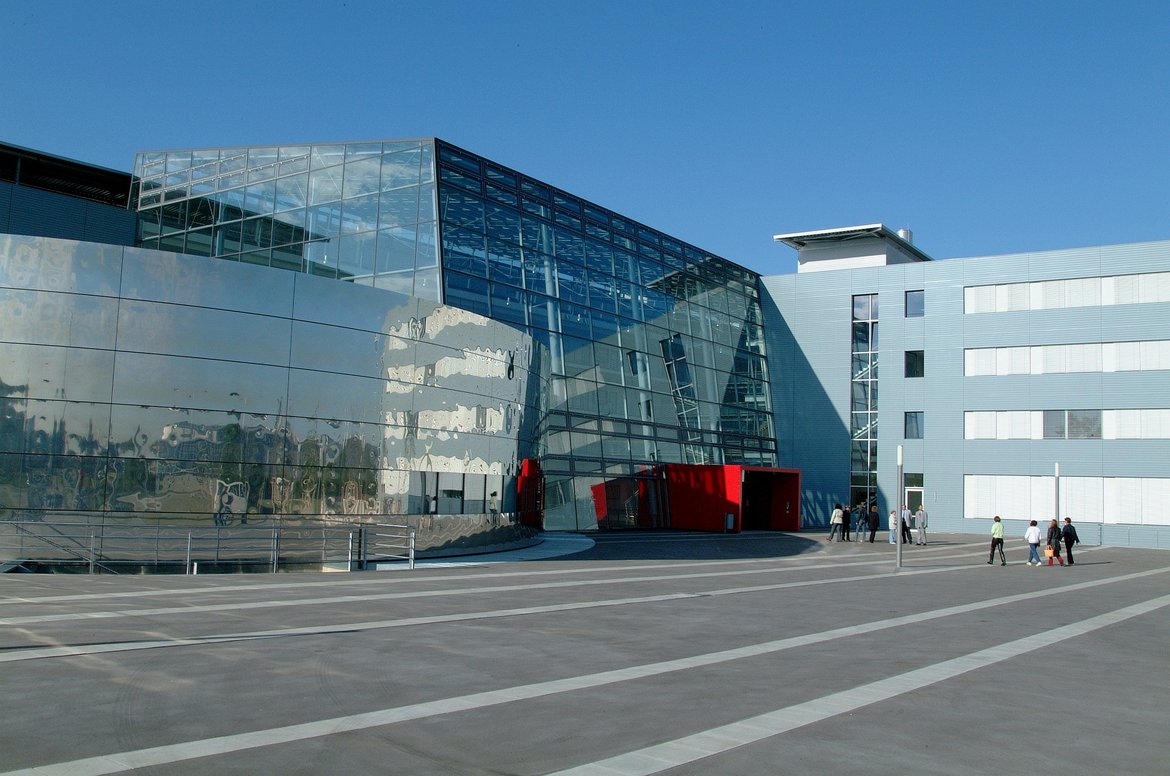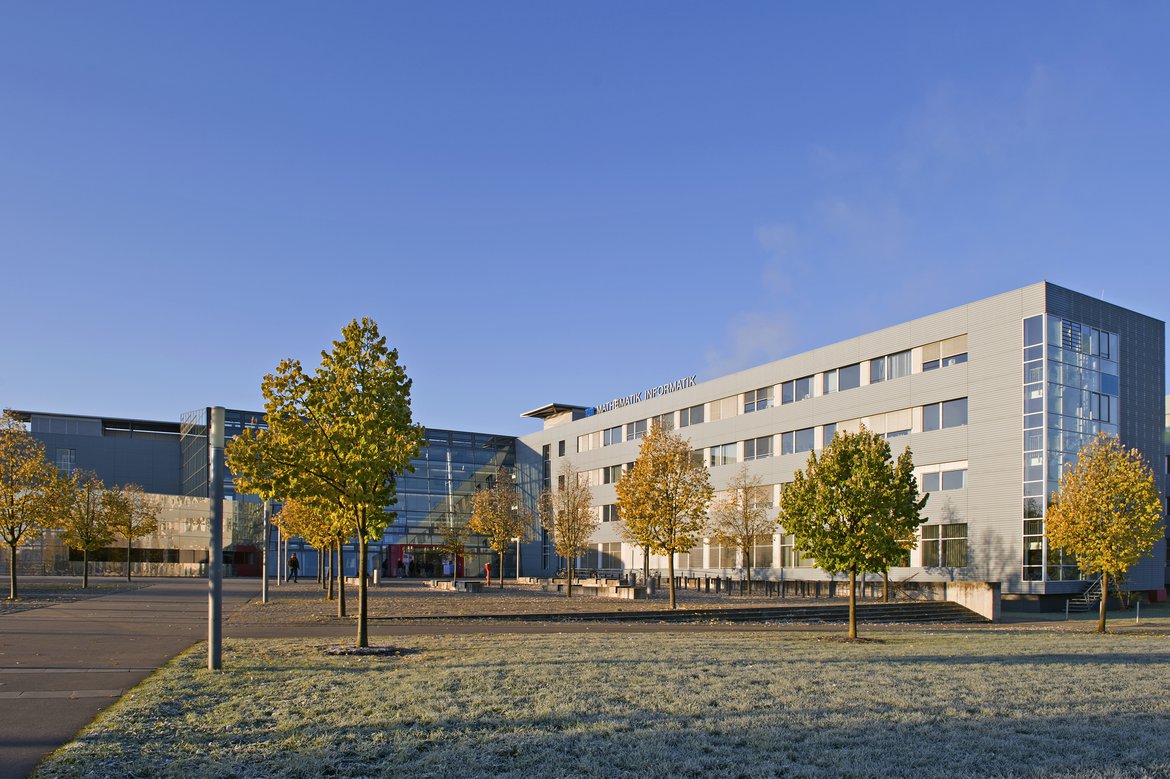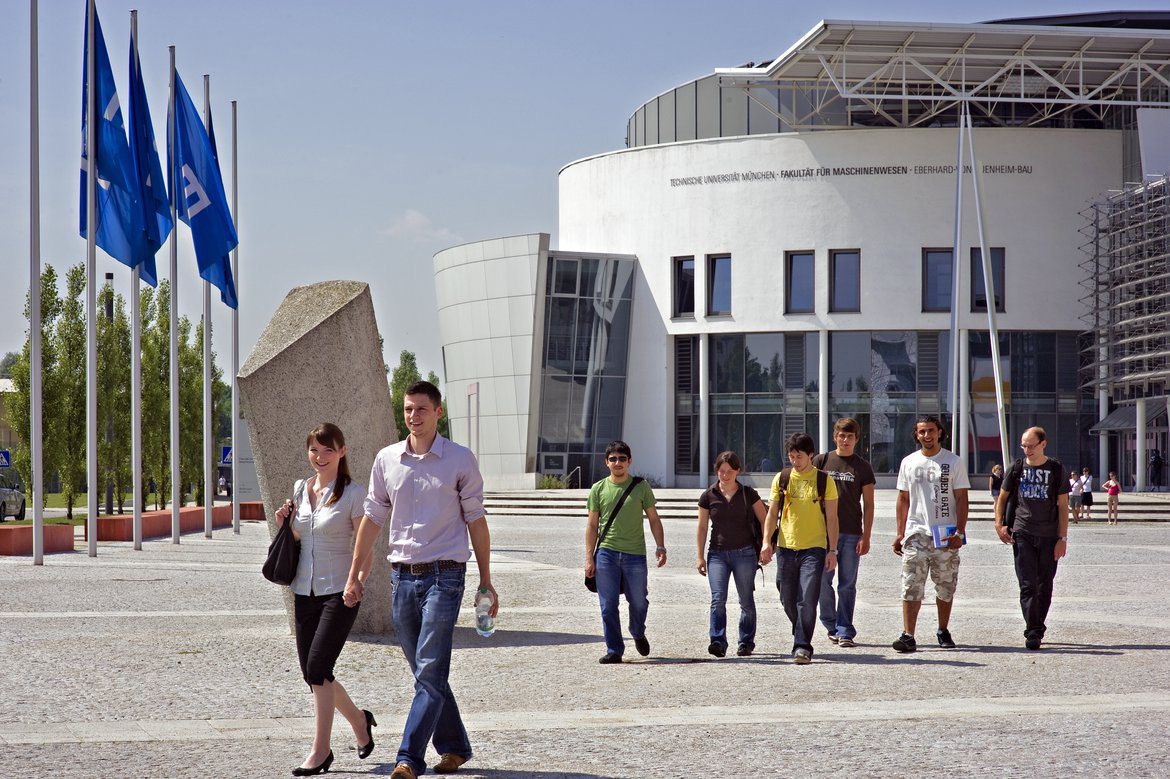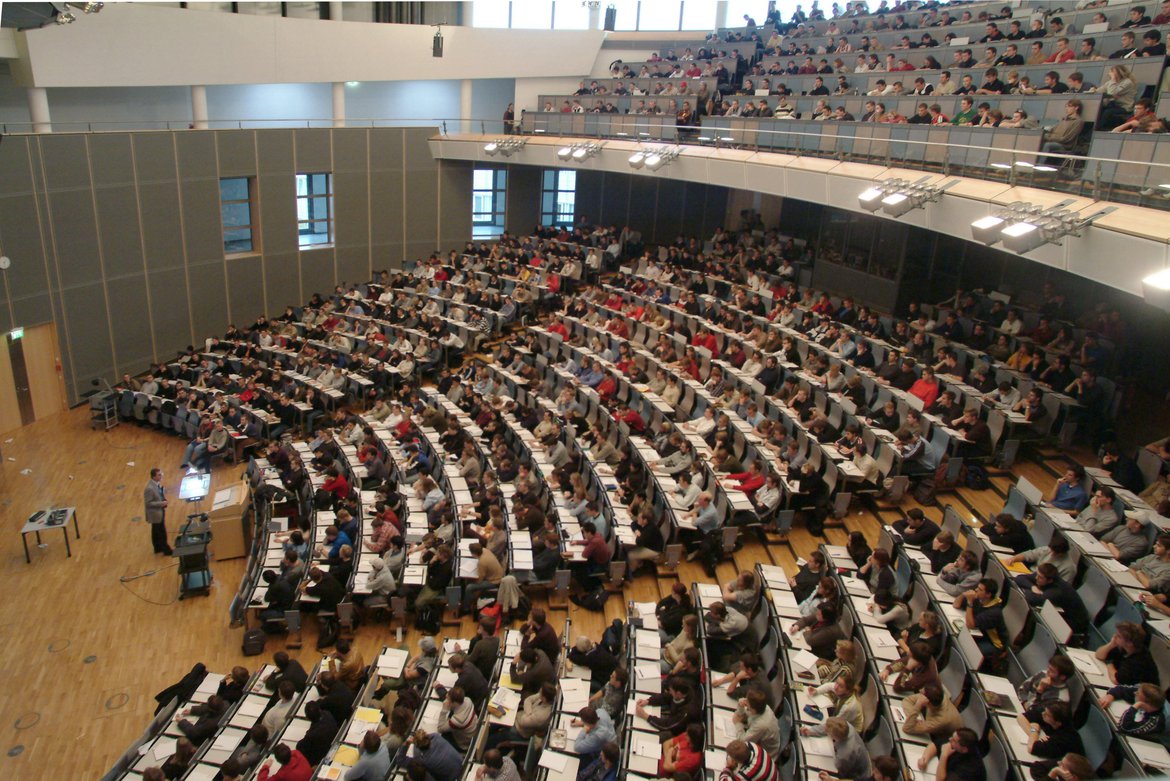Spiking neural networks: Applications to computing, algorithmics, and robotics
3rd HBP Curriculum Workshop Series - ICT for non-specialists
18 September 2019 | Technical University of Munich, Germany
Click on the button below to access the workshop's media section.
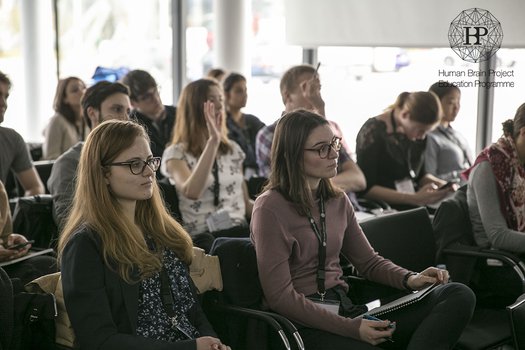
FAQs & ALL YOU NEED TO KNOW
You have to expect the following expenses:
- Registration fee (€ 90.00)
- Travel
- Accommodation
- Breakfast & dinner
What we cover:
- Lunch & coffee breaks
- Up to 5 fee waivers
Find further information on the application process and support opportunities on the workshop overview site.
In order to get to TUM Munich – Garching Campus you have many possibilities.
If you are coming from Munich Central Station:
- Subway (U-Bahn)
You can take the U-Bahn U1 line in the direction of Mangfallplatz or U2 line in the direction Messestadt Ost or U7 line in the direction of Neuperlach Zentrum until next stop, Sendlinger Tor. From here take the U-Bahn line U6 in the direction of Garching-Forschungszentrum, end station.
Alternatively, every S-Bahn in the direction of Marienplatz or Ostbahnhof, and respectively only until Marienplatz (approx. 3 minutes). As of Marienplatz U-Bahn U6 line until Garching Forschungszentrum (approx. 30 minutes).
- S-Bahn
You can take the S-Bahn S8 until you pass Ismaning. From here take Bus Nr. 230 until you stop at Garching Forschungszentrum. Alternatively: S1 line until Neufahrn, then with the Bus 690, which stops also at Garching Forschungszentrum.
- Bus
You can take the Buses Nr. 230 292 or 690 to Garching Forschungszentrum (Bus Nr. 230 only workdays in 40 minute intervals.) Buses wait up to 8 minutes for belated S-Bahn's.
If you are coming from Munich Airport:
- You can take the S-Bahn S8 line in the direction of Munich Central Station until the third stop, Ismaning (approx. 13 minutes). From here Bus Nr. 230 until Garching Forschungszentrum
Alternatively: S1 line until Neufahrn, then with the Bus 690.
We strongly recommend that you invest in travel insurance and inform yourself about treatment and reimbursement conditions before travelling to Munich, Germany. If you are a European citizen, you should bring your European Health Insurance Card, which is accepted in combination with an ID.
As health care and social security systems vary between EU countries, please check the details on unforeseen medical treatment abroad.
Please note that you might have to contact your health insurer for authorisation before being treated at the hospital.
Munich has continental climate. Summer is warm with average high temperatures of 23°C (73°F).
EDUROAM is available at Technical University of Munich.
- Language:
The official language in Germany is German. Foreign languages, particularly English, are widely understood and spoken.
- Time zone:
Munich is in the Central European Time Zone (CET = GMT / UCT + 1).
- Electric current:
Electricity is supplied at 230 volts (alternating current). Type F plugs (CEE 7/4, CEE 7/7) are used.
Please note that the information provided on this site has been obtained from several different sources and therefore the organisers cannot accept any responsibility for errors therein.
Spiking neural networks (SNN) are a special class of artificial neural networks (ANN), in which the information is transmitted by means of pulses (or spikes) rather than by firing rates. As SNNs have shown to be excellent control systems for biological organisms, they have the potential to produce good control systems for autonomous robots. This workshop aims to bring together neuroscientists with roboticists and computational researchers developing biologically-inspired learning algorithms for scientific and industrial applications.
In order to enrich the discussions of SNN and its applications to computing, algorithmics and robotics, we will have an interactive session on spiking neural networks on the Neurorobotics Platform.
The programme will combine lectures in the morning and hands-on sessions in the afternoon. The sessions will finish around 4 p.m. to allow participants to also attend the IEEE International Conference on Cyborg and Bionic Systems.
Download the scientific programme:
![]() Workshop programme - Spiking neural networks: Applications to computing, algorithmics, and robotics (759.2 KB)
Workshop programme - Spiking neural networks: Applications to computing, algorithmics, and robotics (759.2 KB)
PRELIMINARY SCIENTIFIC PROGRAMME
The basics of spiking neurons: Biological facts, models and computational properties | 30 min
Fabrice Morin | Technical University of Munich, Germany
Lessons from the brain for enhancing computing and learning capabilities of spiking neural networks | 40 min
Wolfgang Maass | Graz University of Technology, Austria
Translation of biomorphic neural principles towards closed loop SNN-based
sensomotoric robot controls | 40 min
Rüdiger Dillmann | Karlsruhe Institute of Technology, Germany
Neuromorphic hardware for real-time real-world robots | 40 min
Jörg Conradt | KTH Royal Institute of Technology, Sweden
Interactive session: Spiking neural networks on the Neurorobotics Platform | 120 min
Open lecture - prelude to CBS2019: Bionic exo-skeletons and exo-muscles for movement rehabilitation | 40 min
Robert Riener | ETH Zürich, Switzerland
This programme may be subject to change.
SPEAKERS AND ABSTRACTS
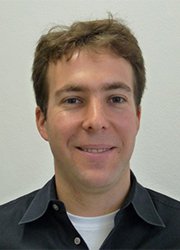
Jörg Conradt is an Associate Professor at Computational Science and Technology, KTH, Stockholm. Understanding and applying the computational principles behind how brains turn perception into behavior is one of the most challenging research questions for the upcoming decades. His research investigates theory, models, and implementations of distributed neuronal information processing, to (a) discover key principles by which large networks of neurons operate and to (b) implement those in engineered systems to enhance their real-world and real-time performance. He holds an M.S. degree in Computer Science/Robotics from the University of Southern California, a Diploma in Computer Engineering from TU Berlin, and a Ph.D. in Physics/Neuroscience from ETH Zurich.
Lecture title: Neuromorphic hardware for real-time real-world robots
Spiking Neuronal Networks (SNN) offer a powerful promise to control intricate future robotic systems. Such SNNs need to be executed on reasonable power budgets in real time for any real-world robotic application. The more challenging and complex sensory inputs and control settings become, the more questionable is the execution of (spiking) neuronal networks in real time. Neuromorphic hardware, such as Manchester’s SpiNNaker, IBM’s TrueNorth, or Intel’s Loihi, offer efficient execution of SNNs, but provide various challenges and limitations in software, interfacing, and up-scaling. This talk will highlight several available neuromorphic computing platforms, and present benefits of connecting such to real-time real-world robot scenarios.
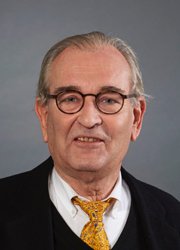
Rüdiger Dillmann received his Ph. D. from the University of Karlsruhe in 1980. Since 1987 he has been Professor of the Department of Computer Science and is Director of the Research Lab Humanoids and Intelligence Systems at KIT. In 2002, he became the director of an innovation lab at the Research Center for Information Science (FZI), Karlsruhe. Since 2009 he has been spokesman of the Institute of Anthropomatics at the Karlsruhe Institute of Technology and founder of the KIT – Focus Anthropomatics and Robotics. His research interest is in the areas of humanoid robotics and neurorobotics with special emphasis on intelligent, autonomous and interactive robot behaviour based on machine learning methods and programming by demonstration (PbD). Other research interests include machine vision for mobile systems, man-machine interaction, computer-supported intervention in surgery and related simulation techniques. He is the author/co-author of more than 900 scientific publications, conference papers, several books and book contributions. Rüdiger Dillmann was Coordinator of the German Collaborative Research Center ”Humanoid Robots”, SFB 588 and several European IPs. He is the Editor of the journal ”Robotics and Autonomous Systems”, Elsevier, and Editor in Chief of the book series COSMOS, Springer. He is an IEEE Fellow.
Lecture title: Translation of biomorphic neural principles towards closed loop SNN-based sensomotoric robot controls
The long-term goal of this research is to model, translate and understand biomorphic neural principles focusing on brain-related senso-motoric control tasks and to ground it with the help of real robots. This involves interdisciplinary and collaborative research as it is done within the HBP. Spiking neural networks (SNN) have the potential of replicating real neurons mirroring some of their biological characteristics. SNNs are capable of performing synaptic spike-based communication, they allow modelling of local brain functionalities including learning and plasticity mechanisms. We assume that the brain is forming sensor-motor primitives as building blocks for prediction, generation and execution of motions. The combination of neural simple motion primitives represent muscle synergies and yield towards more complex and advanced motions. The authors present results of their research on bio-inspired SNN control architectures capable to perform tasks like neural object recognition, object tracking, target reaching and grasping as well as collision- and obstacle avoidance. The experimental evaluation with a robot arm in closed loop control mode is performed without any planning algorithms nor calculation of kinematic transformations. Spiking neural networks are used to represent motions in a hierarchy of motor primitives. Biologically plausible reward-learning rules based on synaptic sampling show that the SNNs are capable of learning to perform policies. Neuroscientists have established links between reward-modulated synaptic plasticity and online reinforcement learning. The hyper-parameters of this neuromodulation and their impact on performance were studied on closed-loop sensor-motor experiments. The potential of deep reinforcement learning for target reaching affects object interaction, manipulation and grasping tasks and can contribute to adapt its execution to different situations. An active binocular DVS system is used in stereo mode which is driven by micro saccades. The SNN feedback information from the DVS vision system and from proprioception are coupled for executing reaching movements and for general motion generation. Future work is related to an effective use of neuromorphic vision with emphasis to eye movement, micro saccades, visual affordance learning and visual prediction. Biomorphic navigation and mapping (BSLAM) requires episodic neural memories supported by multi-scale learning capabilities.
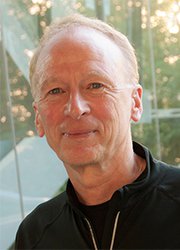
Wolfgang Maass holds a PhD in Mathematics from Ludwig Maximilians University Munich. He did research at MIT, the University of Chicago and the University of California at Berkeley as Heisenberg Fellow of the Deutsche Forschungsgemeinschaft. From 1982–1986, he was Associate Professor and from 1986-1993 Professor of Computer Science at the University of Illinois in Chicago and since 1991, he has been Professor of Computer Science at the Graz University of Technology in Austria. In 2002/3 and 2012 he also held a professorship at the Brain-Mind Institute at EPFL, Lausanne, Switzerland. Since 2005 he has been an Adjunct Fellow of the Frankfurt Institute of Advanced Studies (FIAS), from 2008 until 2012 he was Member of the Board of Governors of the International Neural Network Society and since 2013, Prof. Maass has been a Member of the Academia Europea. Also, in 2018 he was a co-organiser of the Special Semester "The Brain and Computation" at the Simons Institute, University of California at Berkeley.
Lecture title: Lessons from the brain for enhancing computing and learning capabilities of spiking neural networks
Wolfgang Maass will sketch recent progress in boosting the computing capability of spiking neural networks for temporal processing tasks. He will also sketch a recently discovered new learning method for recurrent networks of spiking neurons, called e-prop, which may explain how synaptic plasticity is organised in such networks in the brain. In addition, e-prop enables on-chip learning for neuromorphic chips. Both methods were the result of having a closer look at experimental data on spiking neural networks in the brain.
Details can be found in G. Bellec, D. Salaj, A. Subramoney, R. Legenstein, and W. Maass. Long short-term memory and learning-to-learn in networks of spiking neurons. 32nd Conference on Neural Information Processing Systems (NeurIPS 2018), Montreal, Canada, 2018. https://igi-web.tugraz.at/PDF/243.pdf
and G. Bellec, F. Scherr, E. Hajek, D. Salaj, R. Legenstein, and W. Maass. A solution of the learning dilemma for recurrent networks of spiking neurons. Biorxiv, August 2019.
No picture, bio and abstract provided yet.
SCIENTIFIC CHAIR
Alois Knoll | TUM

ORGANISERS
Sylvia Aßlaber | MUI
Judith Kathrein | MUI
Fabrice Morin | TUM
This face-to-face workshop is based on the content of the HBP Curriculum online lectures.
ABOUT THE VENUE
TECHNICAL UNIVERSITY OF MUNICH
Boltzmannstr. 3
85748 Garching/Munich
Germany
The university was founded in 1868 to provide the state of Bavaria with a center of learning dedicated to the natural sciences. The university played a vital role in Bavaria's transition from an agricultural to an industrial state – and accelerated the pace of technological advancement across Europe.
Now the Technical University of Munich is one of Europe's top universities. It is committed to excellence in research and teaching, interdisciplinary education and the active promotion of promising young scientists. The university also forges strong links with companies and scientific institutions across the world. TUM was one of the first universities in Germany to be named a University of Excellence. Moreover, TUM regularly ranks among the best European universities in international rankings.

